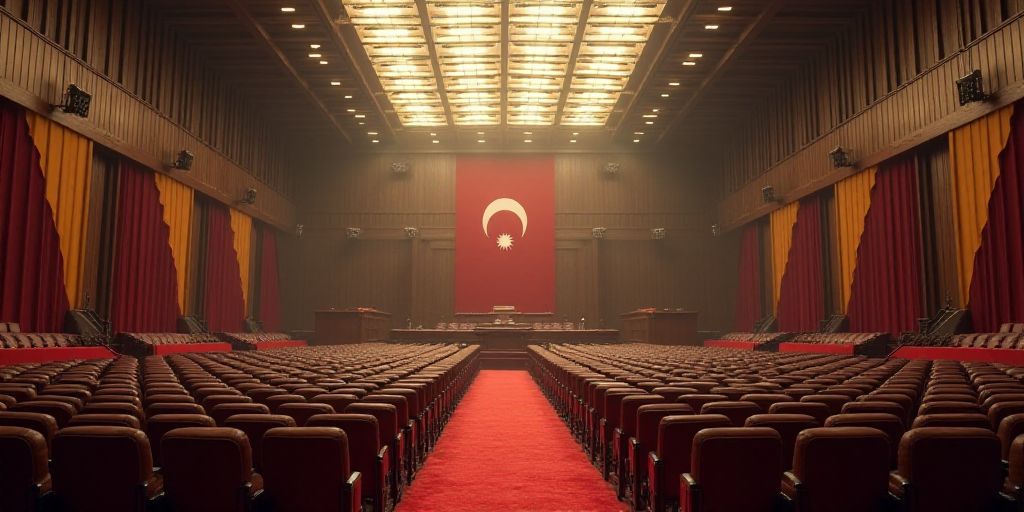Background on President Gustavo Petro
Gustavo Petro, Colombia’s first left-wing president elected in 2022, has faced significant political challenges while attempting to implement labor reforms. His efforts have been met with resistance from the Colombian Senate, leading to a series of political standoffs.
Senate Approves Labor Reform
On Tuesday, the Colombian Senate approved a labor reform bill with 57 votes in favor and 31 against. The legislation aims to enhance working conditions for employees by increasing the premium for work on Sundays and holidays from 75% to 100%, ensuring social security for platform delivery workers, and raising additional charges for employees working after 7 PM.
Key Changes in the Labor Reform
- Increase the Sunday and holiday work premium from 75% to 100%
- Guarantee social security for platform delivery workers
- Raise additional charges for employees working after 7 PM
Political Tensions and Previous Attempts
The approval of the labor reform comes amidst political tensions between President Petro and the Senate. Earlier, Petro had called for a popular consultation via decree to seek public support for his labor reform initiative. However, the Senate rejected the labor reform bill in March, dealing Petro a setback in the legislative branch.
Following this rejection, Petro attempted to circumvent the Senate by proposing a popular consultation for direct approval of the labor reform by citizens. Yet, even this proposal was denied by the Senate’s plenary session, which Petro labeled as a “fraudulent” vote.
In May, the government attempted once more by presenting another popular consultation with 12 labor-related questions and four health system-related queries. Despite the Senate’s approval of the labor reform, they rejected the consultation convocation on Tuesday with 52 votes against and two in favor.
Petro’s Response and Future of Consultation
Last week, Petro issued a decree for another popular consultation with the same 12 labor-related questions previously rejected by the Senate. Critics and opposition politicians viewed this as an attempt to undermine institutionalism, separation of powers, and Congress. However, Petro stated that if the labor reform were approved, as it now has been, he would withdraw the consultation convocation.
Impact on Labor Costs and Petro’s Initiatives
Analysts and business leaders estimate that the new measures could elevate labor costs between 6.8% and 35%. Petro’s economic and social initiatives have frequently encountered opposition in Congress due to his lack of a solid support base.
Requirements for the Consultation
Should the consultation take place, it would require participation from at least 33% of the electoral census—approximately 13.5 million people. Each question must surpass this threshold and secure a majority “yes” vote to be approved.
Key Questions and Answers
- Q: What is the main goal of the approved labor reform? A: The primary objective is to improve working conditions for employees by increasing premiums, ensuring social security for platform delivery workers, and raising additional charges for late-night shifts.
- Q: Why did the Senate initially reject Petro’s labor reform? A: The Senate rejected the initial proposal in March, marking a setback for Petro in the legislative process.
- Q: How did Petro attempt to bypass the Senate’s rejection? A: Petro attempted a popular consultation via decree, seeking direct approval from citizens. However, both the Senate and a subsequent consultation convocation were denied.
- Q: What is the estimated impact on labor costs due to the new reform? A: Analysts and business leaders estimate a potential increase in labor costs ranging from 6.8% to 35%.
- Q: What are the requirements for a successful popular consultation? A: The consultation needs participation from at least 33% of the electoral census, with each question surpassing this threshold and securing a majority “yes” vote for approval.






